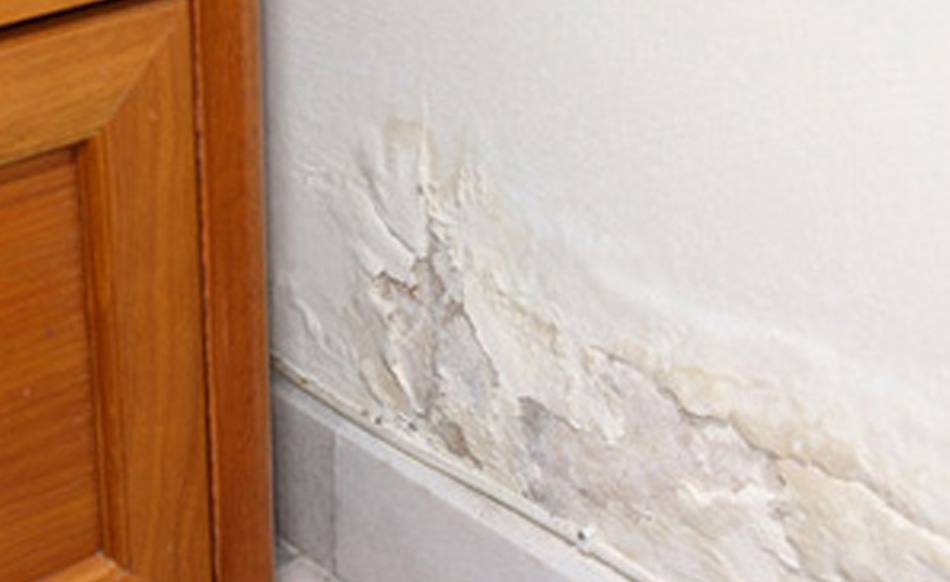🎄
Please note, our office will be closing Tuesday 23rd December at 3pm and will reopen Friday 2nd January at 9am.
Any enquiries via our website will be replied to on our return.
Wishing you a very Merry Christmas and a Happy New Year!
Barnsley
01226 419027
Sheffield
0114 4339791
Leeds
0113 468 9299
Mobile
07411 947324
🎄
Any enquiries via our website will be replied to on our return.
Wishing you a very Merry Christmas and a Happy New Year!
Our News

It would be difficult to conceive of modern construction without plaster and in fact it has been used for several centuries – layered over concrete, wood, stone and brick. It is exceptionally flexible and can be used on walls and ceilings of all curvatures, shapes and sizes. It is capable of lasting for hundreds of years, so what is it that causes it to crumble and take on a powdery nature on occasion?
As with so many issues in the home, the problem when it comes to crumbling plaster is always water. Moisture is the single greatest cause of plaster crumbling in the home. You will first notice a fine white powder on the surface of the plaster that is caused when soluble salts move to the surface. Assuming the moisture issue is not dealt with the plaster is, at this point, doomed to crumble.
The answer as to how to avoid this costly damage to your plaster and by association home décor, is simple. Stop the damp from entering the house in the first place. Of course, this is easier said than done, especially in older properties, but there are some very handy tips on avoiding damp in the home and especially in the walls. Firstly, it is vital to ensure that any Velux windows are properly fitted as they can be a major problem if there are issues with how they were installed. Removing moss and plants around the corners of your roof is definitely recommended, as is checking pipework for any cracks and removing blockages from downpipes, gutters and hoppers. Keep roof tiles in good repair as well. Inside the home, try to keep the temperature as regulated as possible using a thermostat, to prevent cold and warm air colliding, forming excess moisture. Many companies out there market products that you apply to exterior walls that claim to prevent moisture getting into the home. Such products are merely a temporary solution, however and the cause of the damp must be identified to rectify the issue permanently.
If the problem is only quite mild then there are some quick fixes that might work. The first step is always to find and eliminate the source of the damp that has led to the issue. Then you can wipe down the powdery surface with four parts water to one part white vinegar. The unique pH of this solution hardens the surface of the plaster. Once dry it should be coated with a quality primer especially made for plaster before a final coat with a finishing paint.
If the problem has escalated badly then you still need to fix the source of the issue but the solution then is far more drastic. You will need to remove the water-damaged plaster right down to the wooden lath, which may or may not be viable. Assuming it is okay then it must be nailed in again and wet to prep for plastering. Alternatively a metal lath can be substituted in and plastered over. The new plaster should be as close in thickness to the original one and cured for three weeks before painting.

Posted on May 21, 2019.
Back to Latest News